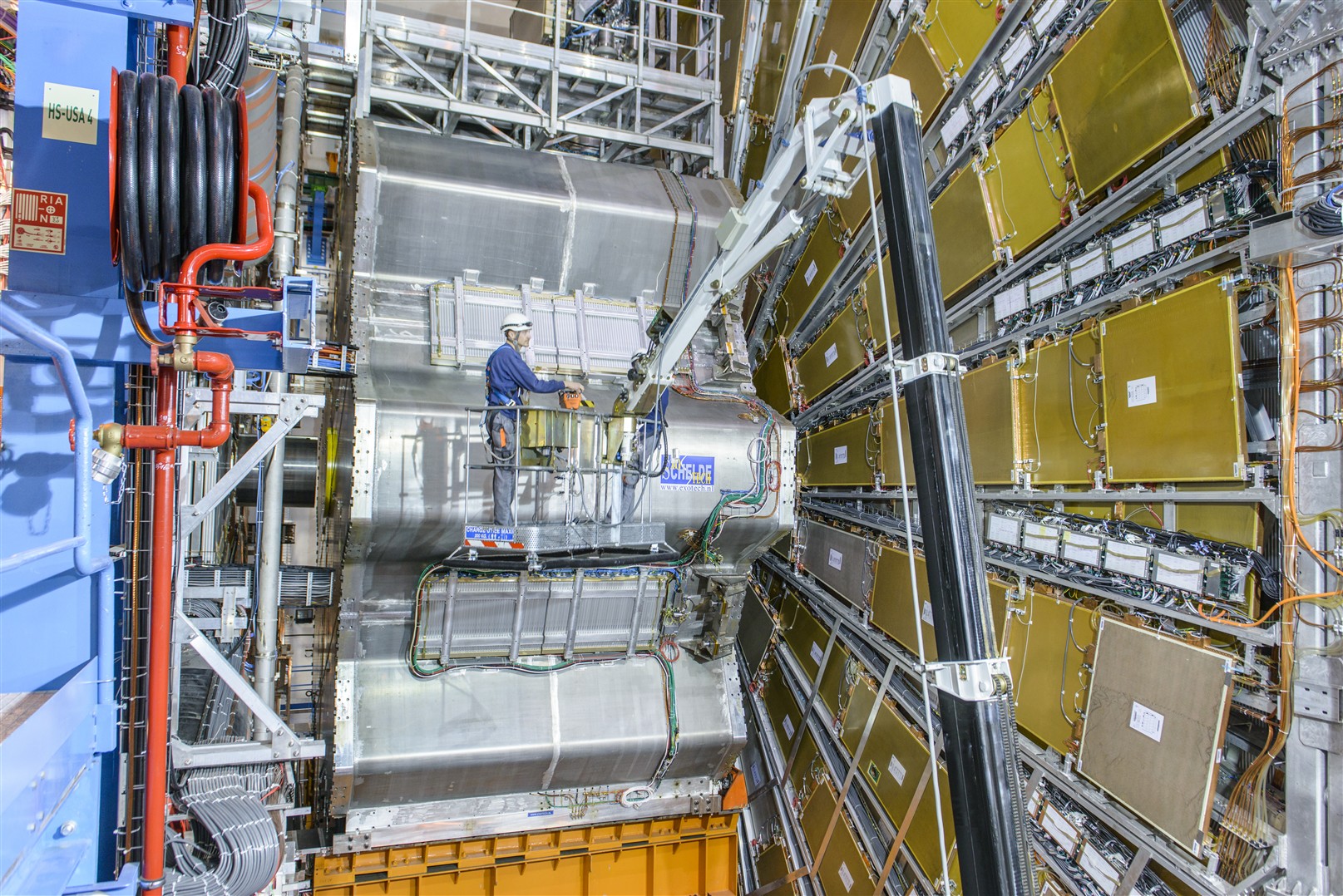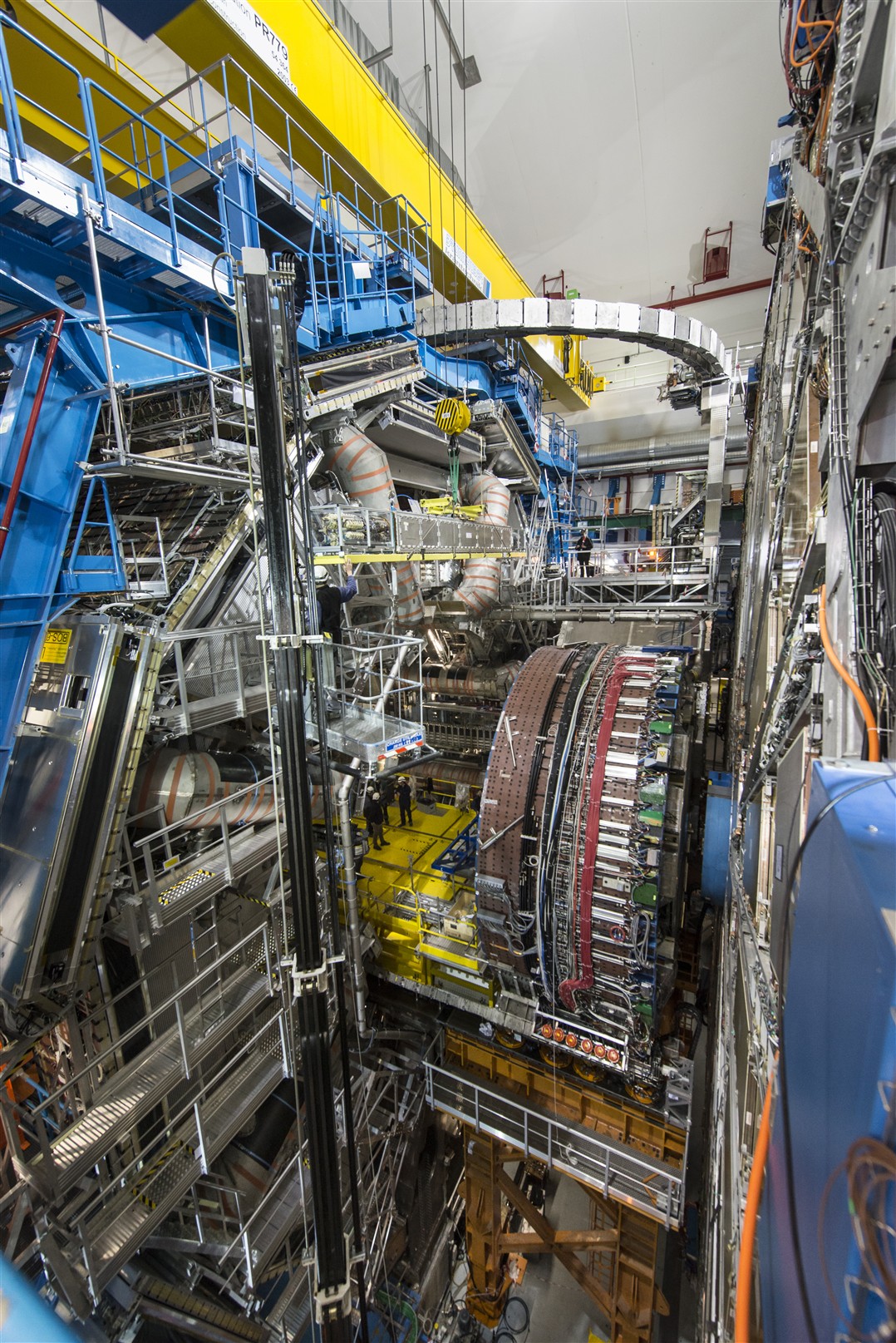ATLAS LS1 considerations
Ten months passed from the beginning of this very hectic Long Shutdown 1 (LS1) and ATLAS went already through so many changes and operations, that it becomes hard to list all of them. LS1 reminds me of the construction time when many people were working underground on the detector and the infrastructure. It is a great occasion to address what we have learned in the past years of operations, repair what degraded and improve a few weak points.
This big effort was planned long ago by Marzio Nessi and the ATLAS Technical Coordination team, When I stepped in the beginning of LS1 all the initial activities had started as planned. At 5:00pm? of February 18th a large team of engineers and technicians initiated the ATLAS opening. Since then many things happened and among them it is worth mentioning that we finally completed the installation of the Muon chambers between the barrel and the end-cap on one side of ATLAS, as described in the original Technical Design Reports and postponed for financial reasons. The large opening of ATLAS was an important milestone and it was achieved days in advance; that operation had not been performed for the last five years. Soon afterwe extracted for the first time, one of the Muon Small Wheels . This effort was needed to be able to extract the Pixel detector and prepare for its re-insertion later, together with the insertion of the fourth Pixel innermost layer, the Insertable B-Layer (IBL).

The Pixel detector was extracted from the ATLAS cavern on April 9th and wasmoved in the SR1 building clean room. The detector had lost 5% of the 80 million channels during the past five years, mainly due to defects on services and there was a worrying increase in the failure trend. The repair work consisted in repairing the services and improving them by moving delicate parts in accessible places. The preparation of these new services (code named nSQPs) was a large effort done at CERN with the support of PH and TE. The repair work is now over and the Pixel was very successfully reinserted in ATLAS on December 9th with 99% of the channels available and ready to be cabled again in the cavern in the beginning of 2014, operate for many more years while we will be ready in May 2014 for the insertion of the fourth innermost layer.

Many other important operations, repairs and improvements were completed in 2013 and many more are scheduled for 2014. The support from PH and all the departments at CERN has been very important for this huge program. I would also like to thank Philippe Bloch, not only for the support received in terms of resources, but also for the very important support with words and smiles that are sometimes even more important in intense and difficult periods as the LS1.
